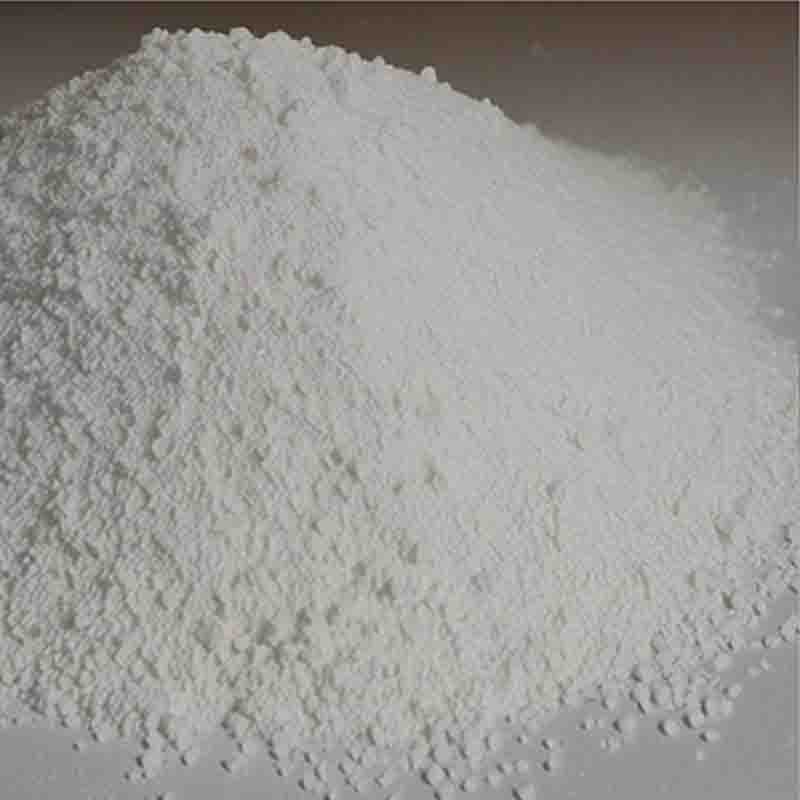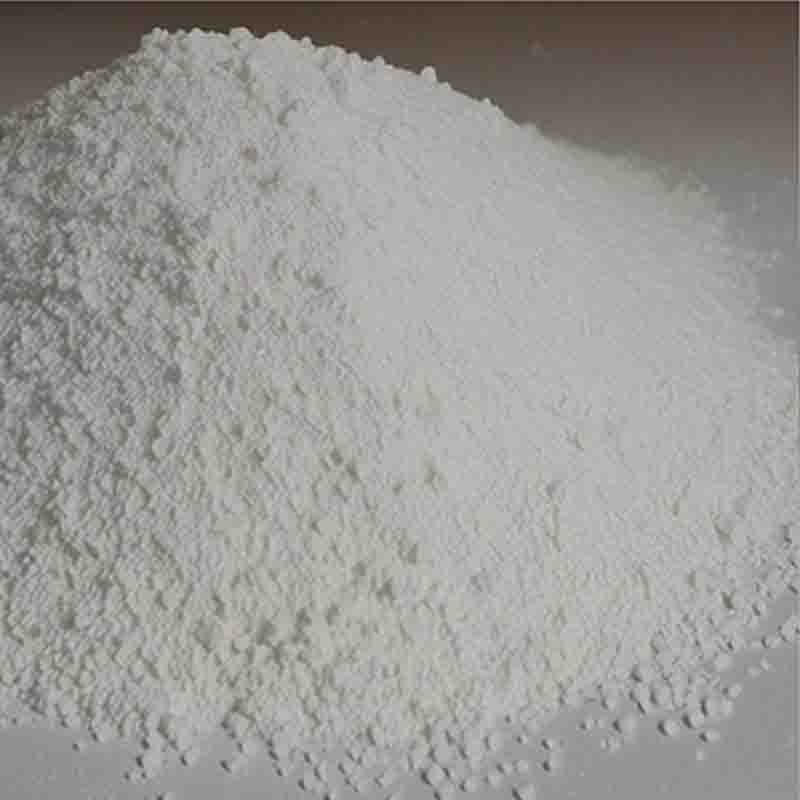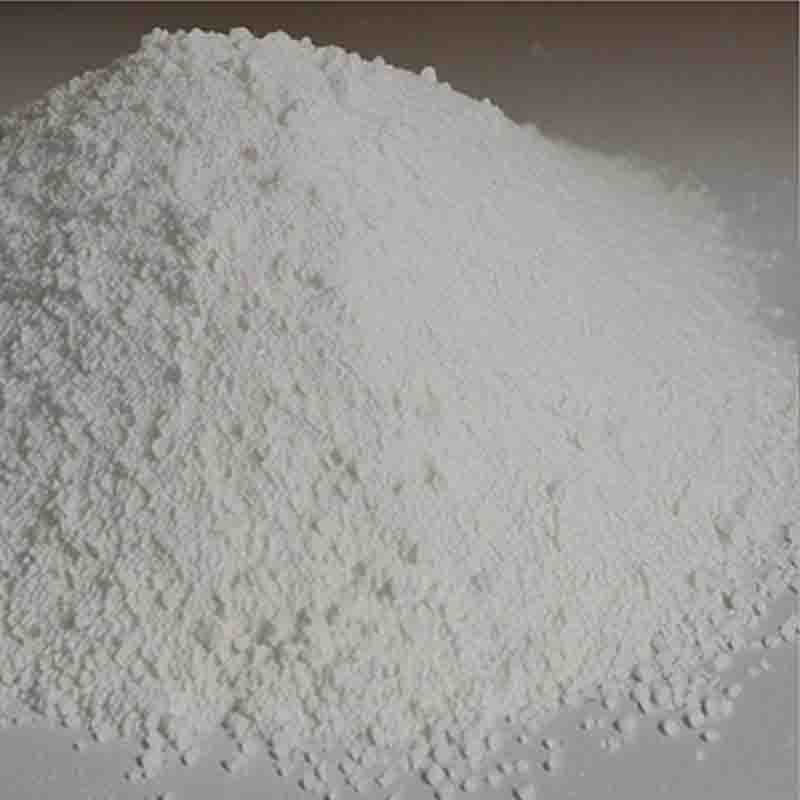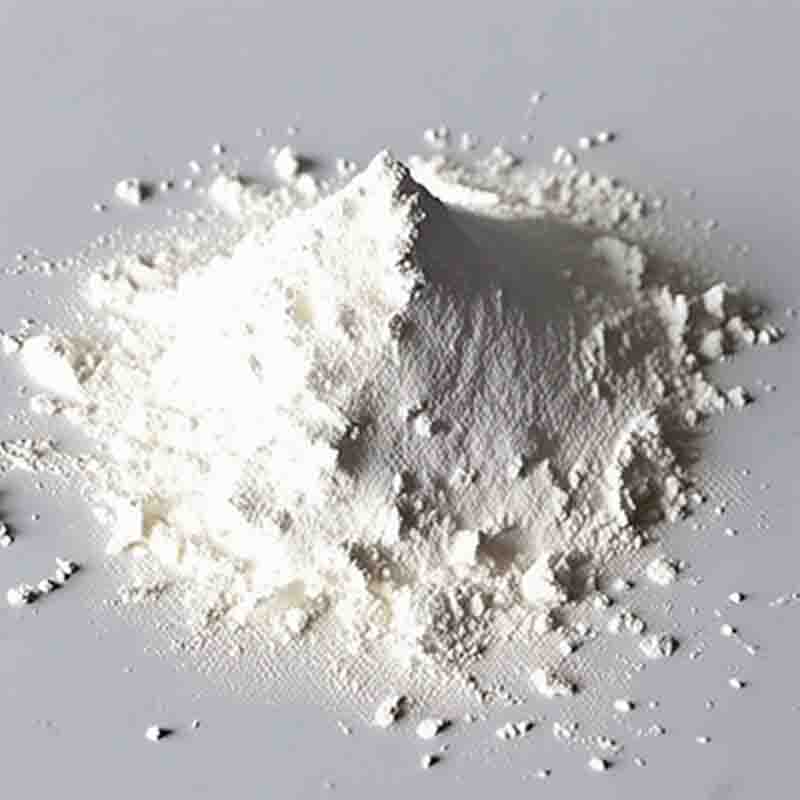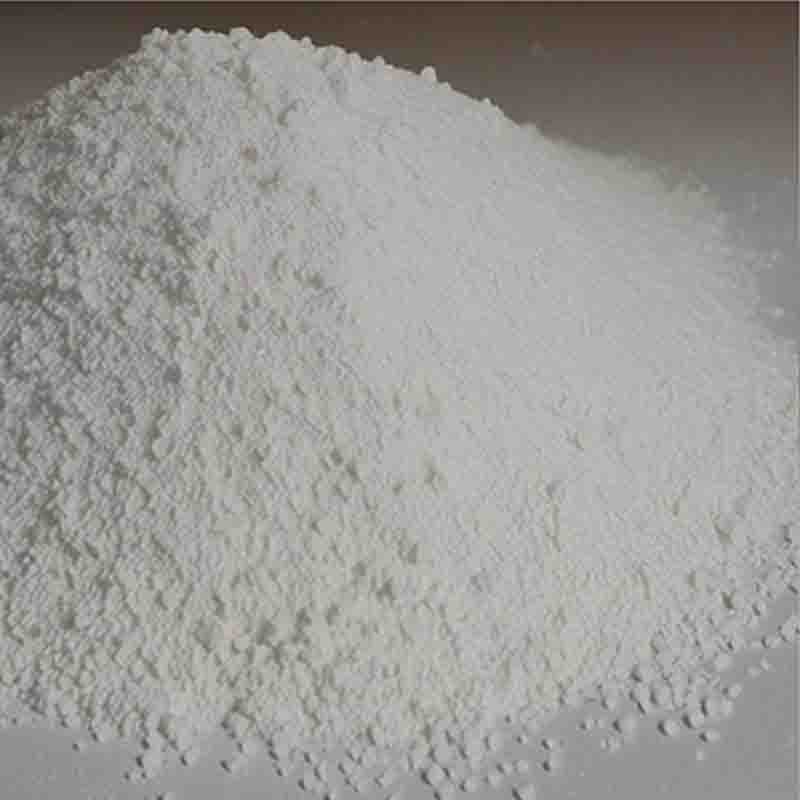Perfluoron-butylsulfonylfluoride CAS: 375-72-4
| Catalog Number | XD95218 |
| Product Name | Perfluoron-butylsulfonylfluoride |
| CAS | 375-72-4 |
| Molecular Formula | C4F10O2S |
| Molecular Weight | 302.09 |
| Storage Details | Ambient |
Product Specification
| Appearance | White powder |
| Assay | 99% min |
Perfluorobutylsulfonyl fluoride, also known as perfluorobutanesulfonyl fluoride (PBSF), is a chemical compound with various applications in different industries. Its unique properties and reactivity make it valuable in several areas.
In the field of organic synthesis, PBSF is commonly used as a reagent for the introduction of the perfluorobutanesulfonyl (PFBS) group into organic molecules. This group is known for its electron-withdrawing properties and can significantly affect the reactivity and properties of the modified compounds. The PFBS group can be used to enhance the stability, lipophilicity, and bioactivity of pharmaceutical compounds, agrochemicals, and other functional materials.
Furthermore, PBSF finds applications in the field of polymer chemistry as a crosslinking agent or as a modifier for polymer surfaces. It can react with functional groups present in polymers, such as hydroxyl or amine groups, to form covalent bonds. This reaction can enhance the mechanical and thermal properties of polymers or improve their adhesion to other materials.
In the field of materials science, perfluorobutylsulfonyl fluoride can be used as a precursor for the synthesis of functional materials. Its unique combination of perfluorobutanesulfonyl and fluoride groups allows it to participate in various chemical reactions, enabling the creation of materials with desired properties, such as enhanced hydrophobicity, thermal stability, or chemical resistance.
Additionally, PBSF has applications in the field of analytical chemistry as a derivatizing agent for the analysis of organic compounds. It can react with a wide range of functional groups, such as alcohols, amines, and carboxylic acids, to form volatile derivatives. These derivatives are often more stable and easier to analyze using gas chromatography or mass spectrometry techniques. PBSF derivatization is particularly useful for the analysis of polar or thermally labile compounds.
In conclusion, perfluorobutylsulfonyl fluoride has diverse applications in organic synthesis, polymer chemistry, materials science, and analytical chemistry. Its reactivity, modification properties, and derivatizing capability make it valuable in these fields. Continued research and development are expanding the potential applications of this compound in various industries.


